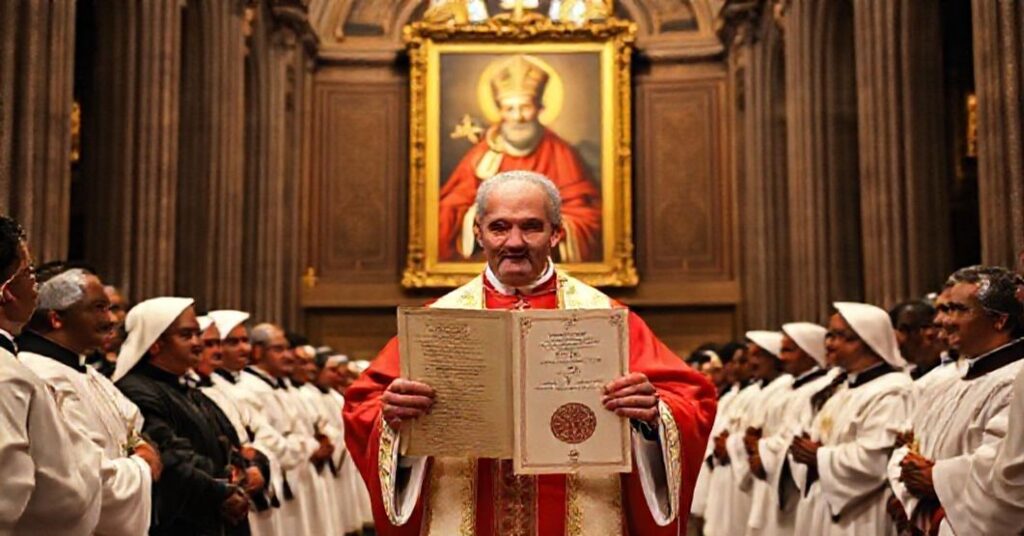Praecipuo pietatis (1960.07.01)
This brief Latin document, issued by John XXIII in 1960, declares that the image and title of the Blessed Virgin Mary under the name “Nossa Senhora da Ponte” venerated in Sorocaba (Brazil) is to be the “principal heavenly Patroness” of the Sorocaba diocese and episcopal city, granting her all liturgical honors proper to a primary local Patron. It justifies this act by appealing to Marian devotion among clergy and people and by the recommendation of the local hierarchy and papal diplomat, and it ends with the usual absolutist formula seeking to guarantee perpetual validity of the decree. In reality, this seemingly pious text is a juridical-stylistic façade masking the deeper usurpation of Marian titles, ecclesiastical authority, and cult by a conciliar intruder, instrumentalizing Our Lady in service of the emerging neo-church.










